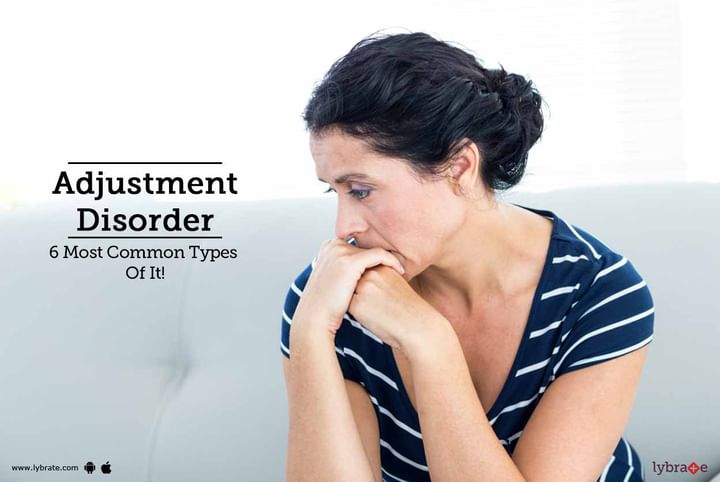Adjustment Disorder - 6 Most Common Types Of It!
Adjustment disorder does not refer to a single disorder but rather is a group of disorders. It can affect children and adults of all ages. In most cases, it may be caused by a stressful event such as the loss of a loved one, major life changes, illnesses, relationship issues, financial trouble o moving to a new place. In the case of children and teenagers, it may also be triggered by arguments in the family, problems at school or sexual anxiety.
There are six types of adjustment disorders:
- Adjustment disorder with depression: In such cases, people tend to be sad and feel hopeless. The may cry without reason and no longer enjoy activities they once enjoyed.
- Adjustment disorder with anxiety: Symptoms of this type of adjustment disorder include feeling anxious or worried without reason, problems with concentration and feeling constantly overwhelmed. In the case of children, it is usually associated with separation from their parents.
- Adjustment disorder with depression and anxiety: In such cases, the person experiences symptoms of depression and anxiety.
- Adjustment disorder with behavioural issues: This may be characterized by reckless behaviour such as picking fights in school, missing school or work, vandalizing property, stealing or reckless driving.
- Adjustment disorder with disturbed conduct and emotions: In such cases, the person may show signs of behavioural disturbances, anxiety and depression.
- Unspecified Adjustment Disorder: Cases of adjustment disorder that do not fall into any of the above categories are classified as an unspecified adjustment disorder.
The good news is that adjustment disorder can be treated. To be diagnosed with this condition, the person must meet one of the below criteria.
- He should have been experiencing behavioural or psychological symptoms associated with an identifiable stressor and a time frame of 3 months.
- He should have been exposed to more stress than normal in relation to the stressor.
- He should have shown improvement in behaviour within 6 months of the stressor being removed
- The symptoms should not be caused by any other disorder
Treatment given for this condition is a combination of medication and psychological therapy. Medication is typically provided to reduce the effect of symptoms being experienced. Therapy helps the patient understand his or her problem and helps them cope emotionally. This may be in the form of one on one session, family therapy, group therapy, cognitive behavioural therapy, interpersonal psychotherapy or crisis intervention. In the long term, building a strong network of supportive friends and family can help prevent adjustment disorders.



+1.svg)
